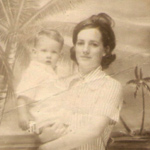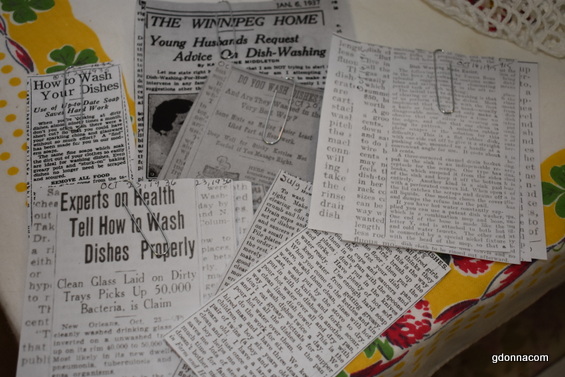
I read through many old articles about how to wash dishes. It turns out that in the past everyone had their own opinion how to wash dishes.
People were very particular the order in which things were done.
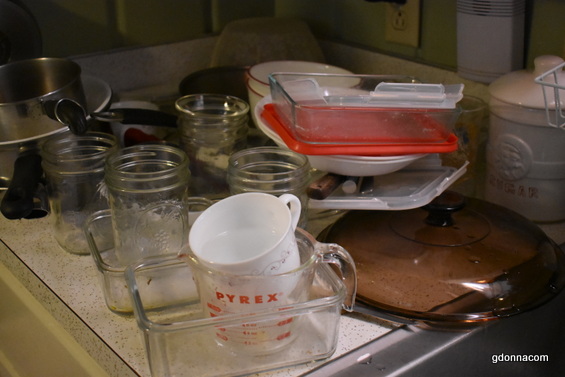
One thing that seemed to be important is to organize the dishes to be washed. They would have gasped if they walked into a kitchen and saw this pictured above.
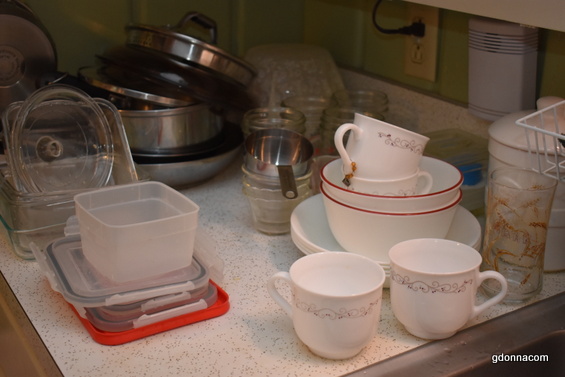
Most people believed in separating the items to be washed.
As you can see we did not use our fancies this day, just a normal breakfast that morning, for lunch a day of warming up leftovers.
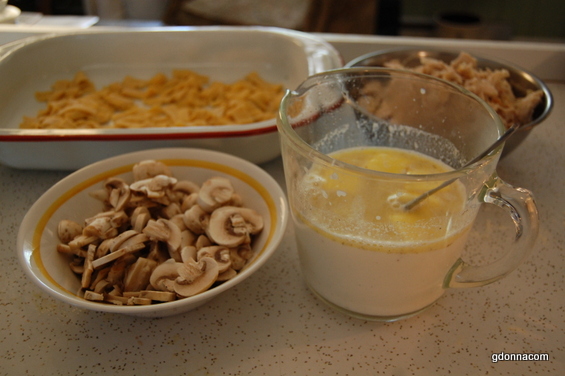
If we cook we are going to mess up pots and pans and dishes, there is no way around it.

This article, October 1935 reads,
When you're looking at dirty dishes, almost ninety times a month, don't you often wish there were a short cut? So that you could have your sparkling china and glassware without so much effort? A "find" has been made for you in our modern soaps.
The same fine soaps which soak the dirt out of your clothes so easily are ideal for washing dishes. Even greasy pots and "Stuck-on" baking dishes no longer need to be scraped and scoured.
REMOVE ALL FOOD
As the dishes come from the table, scrape them with a wad made from paper napkins or a new rubber scraper as it used sometimes in a sink, to remove all particles of food. This helps to keep the dishwater clean. Then stack plates, saucers, cups and silver in separate piles, according to their size. While you are eating, have the pots and pans soaking. Remove the food, fill them with hot water and add the soap. This loosens the grease so that the pans are easy to wash when you are ready.
Now for the actual dish-washing. Use a large dishpan for the washing, another for the rinsing, and a wire drainer. Or wash dishes in hot suds, place the in a dish drainer and then pour hot water over them.
WASHING DAY MADE EASY
A good order for washing dishes is-- the glasses, the flat silver, the plates, and so on. A minute or so of swishing around in the suds, a quick rinsing in hot water, and all but the most soiled dishes are ready to be drained. When dishes are rinsed in hot water, they may be left to drain without being wiped, if this is convenient. If, however lack of space requires, or you prefer wiping the dishes, have a good supply of clean, lintless dish towels. It is most trying to attempt to wipe dishes on a wet dish towel. It is important to wipe the dishes dry, for we all know that when dishes are piled while wet they are likely to stick together, and also to have unsightly rings the next time they are used.
By the time the dishes have been washed, the pots and pans will wash easily. Soaking then in the suds loosens the grease and "Stuck-on" food so that just a moment or so of washing in suds leaves them clean and bright. There is no need for scraping and scouring which leaves unsightly scratches.
Further, when you are cooking, put all dishes or utensils to soak in these suds, as you finish using them, then when you are ready to wash them, they will require little more than a thorough rinsing in hot water. This saves time and energy as "Dried-on" dishes are difficult to wash. Let your modern soap banish the dirty-dish bugaboo for you.

Soap was very different back in the 1800s and early 1900s. As we became more modern we moved into the synthetic soap era. There is still real soap today, we have Dr. Bronners, Kirks castile soap and such as that. There is lye soap such as Grandmas lye soap and there are good homemade soaps being sold and some people today make their own soap.
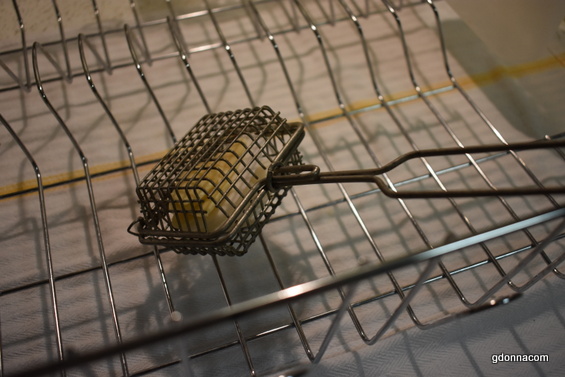
One article referred to swishing the soap shaker shown above.
October 16, 1915
A soap shaker is economical to use in dish pans, as it utilizes every scrap of soap and at the same time prevents sticky lumps of melted soap from adhering to the dishes.
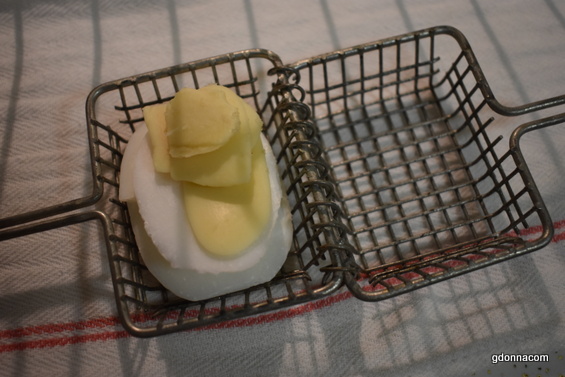
The little basket opens and you put the slivers of leftover soap into the basket.
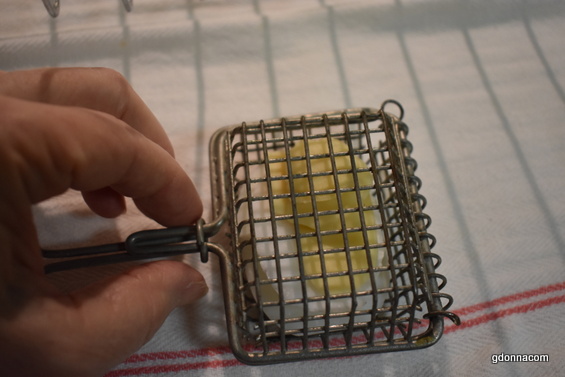
Then close the basket and slide the small wire over to secure. Just drop the basket down in the water and swish or hold it under running water. This really is a good way to use up those end pieces of soap.
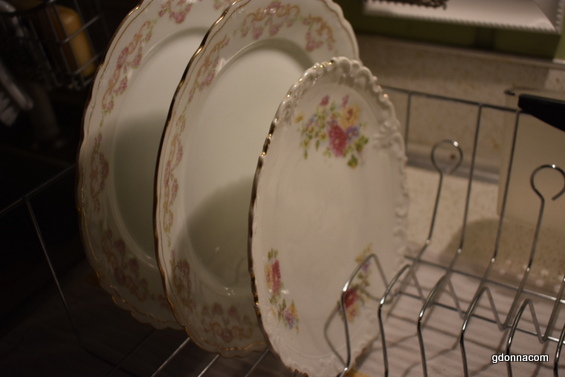
Another article
The initial task to dishwashing is that of clearing or scraping the dishes. Most of us perform this work with the first implement that comes to hand -- usually a knife or fork. We not only make a disagreeable noise, but after a time we observe that our silver is wearing on the edges,and also that our china is losing its pattern. A noiseless rubber plate scraper is the solution for this difficulty. This is a flat rubber disk with one side cut off to give it a straight pushing edge, mounted on a handle at a convenient angle for use. It costs about .15 cents.
A three-cornered enamel drain basket put in the sink is an indispensable receptacle for the scraps. One type has hooks, which suspend it from the sides of the sink and keep is off the bottom entirely. Another kind is a sink pail with perforated convex lid. When open the lid catches the scraps and drains off all liquids. One motion closes the cover and dumps the refuse into the pail.
If you have hot water constantly supplied you can use a patent dish washer, which is a combination mop and hose, one end of the hose is made like the letter Y, and is attached to both hot and cold water faucets. The other end is connected by a special nickel fixture with the head of the mop, so that continual flow of clear water of just the right temperature follows the motion of the mop around the dish that is being washed. The hands do not touch dirty water at all. Such a dish washer means and investment of $3.
If the dish pans are to be used, place the pan in which you wish to wash the dishes to the right and the pan of rinse water to the left. By this arrangement no time is wasted in passing dishes from one hand to another. You hold the dish in your left hand and apply the dish mop with the right and without extra motion the piece of china may be put into the rinse water with the left hand.
In the process of dishwashing it is necessary to pile the dishes neatly before beginning the actual washing. First wash, rinse and dry the glassware, next the silver, and then the china. After each piece of the china is washed it is put on a rack. When the rack is full of dishes it is sprayer with clear hot rinse water and the whole task of dish washing is over. For the china is left to drain and will dry clear and glistening if the first part of the work has been properly done.
"Not dry the dishes!" some one gasps. No, indeed unless you like to spend unnecessary time in the kitchen. If you really feel that you must polish the silver, get some paper dish-towels for that purpose and throw them away as they are used. Then you will have dish washing and the labor incidental to it reduced to a minimum-no dish towels and no dish cloth to be rinsed out afterward.
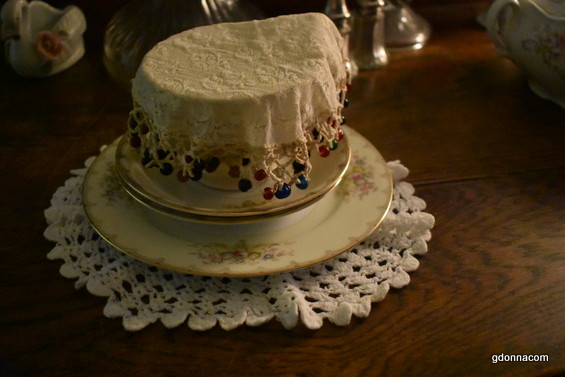
So I think that dish washing machines were quite different in the early 1900s because of this article below.
The most progressive woman has a dish-washing machine which can be operated by electric power. As the dishes are brought from the table on a wheeled cart, they are scraped rapidly, sorted and stacked in their places in the dish washer. Hooks receive the cups and pitchers, and a special basket receives the silver. Put the soap shaker in the machine, turn on the hot water faucet connected with a hose and the machine will be filled very quickly with steaming suds. Then close the machine and take just a few turns of the crank, take the dishes out and put them on the racks, rinse with hot water, allow the china to drain and your disagreeable task of dish washing is finished.
I am not sure when the dishes were actually washed, was it the hand cranking or was that cranking the motor. Did the baskets turn? Not sure how this 1915 dishwasher actually washed the dishes. I think I would have preferred to just wash them and get it over with since they had to come out and be rinsed anyway.
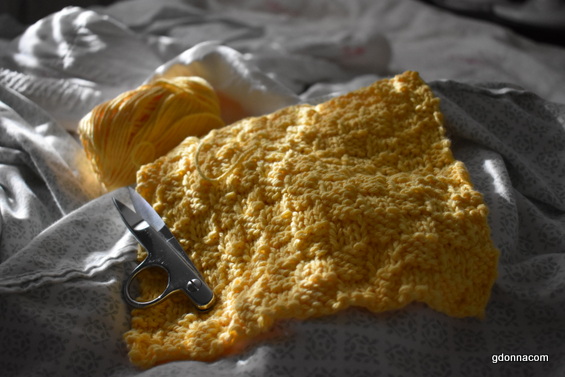
I have been knitting in bed while trying to rid myself of this flu. I chose 1930s colors for our 1944 history project since our home would most likely still look like the 1930s in 1944.
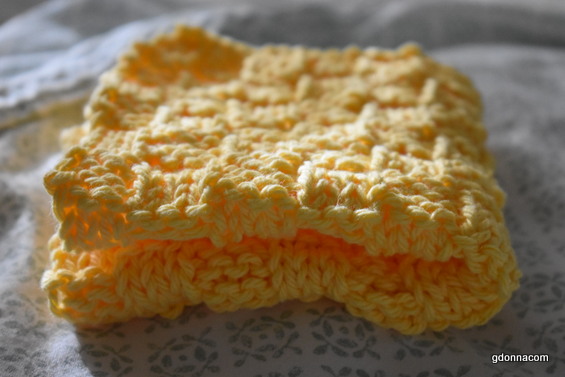
I designed this new washcloth, I call it my 1,2,3 dishcloth and I will share my version of how I did it. I am sorry, I do not "Write" patterns so this will be my version of what I did.
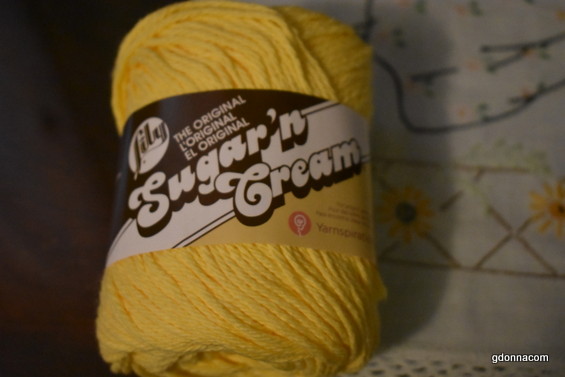
This is a knitted cloth, I used Lily Sugar 'n cream 100 percent cotton but you could use any brand of cotton yarn.
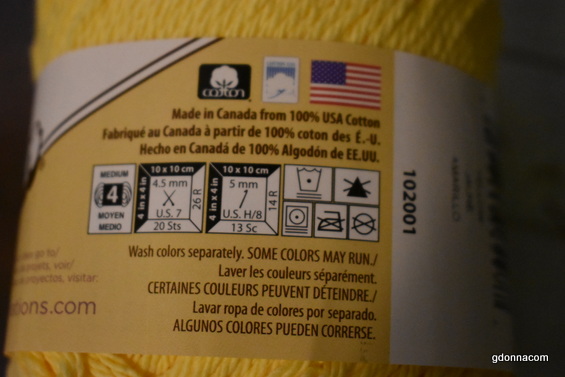
I used size 7 knitting needles.
I casted on 36 stitches
Row one, knit three, purl three across the row.
Row two, Knit three, purl three across the row.
Row Three, knit three, purl three across the row.
Note** I call this above a set. Three rows knitted the same. The first set is three rows and the last set is three rows but the rows in between are sets of four rows.
Rows Four through seven, Purl three, knit three across the row.
Rows Eight through 11 are knit three, purl three.
There will be twelve blocks across and 12 blocks up and down when you finish.
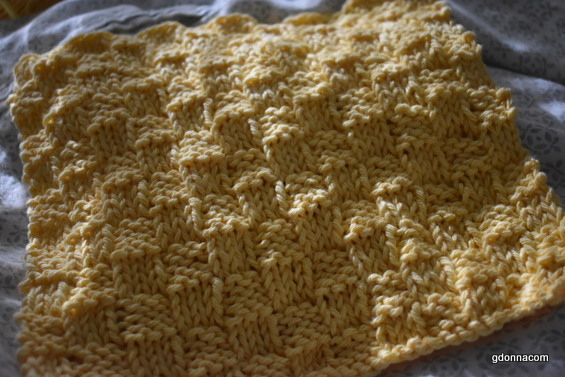
I hope it makes sense. Happy Dishwashing! Grandma Donna
